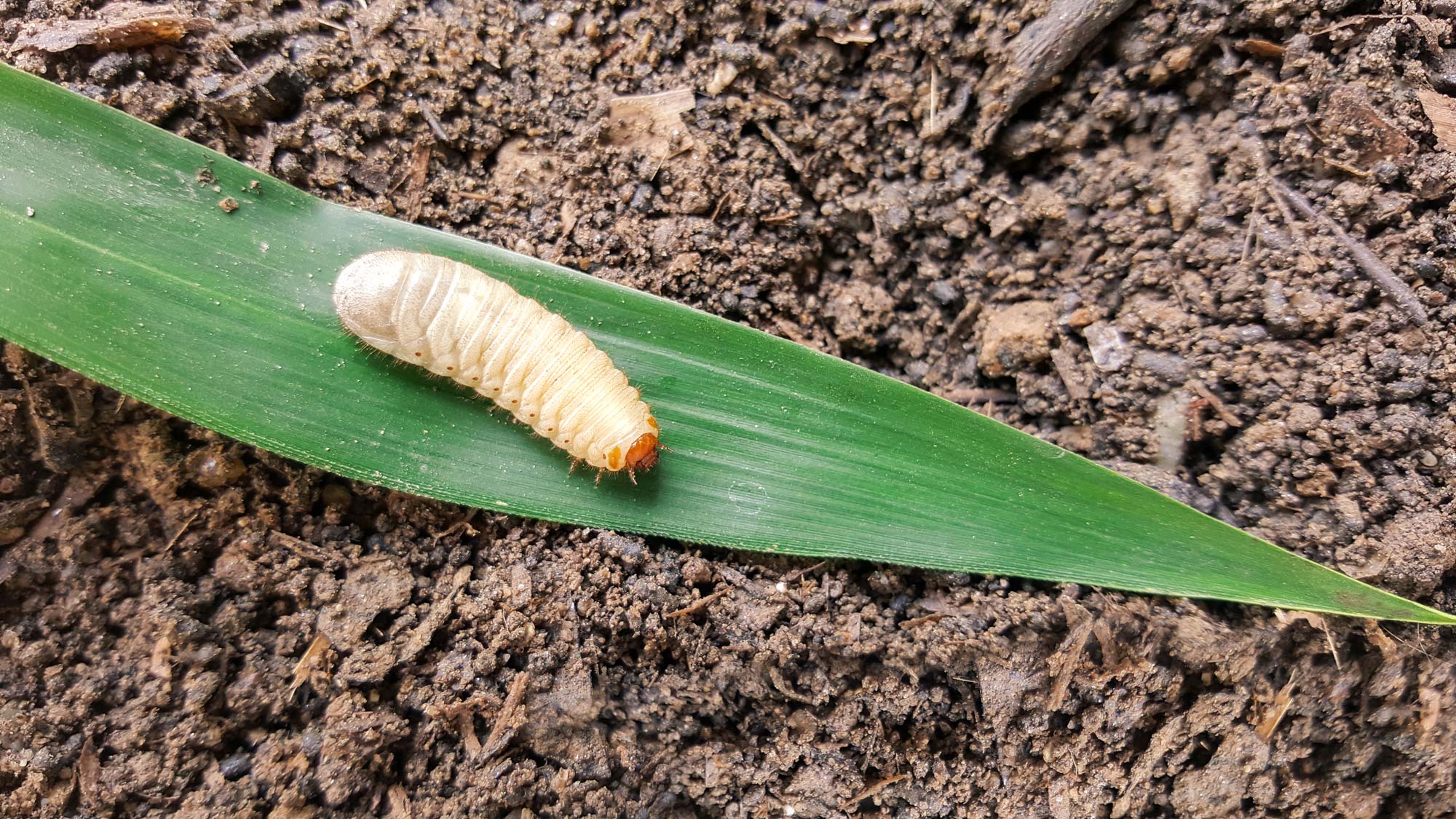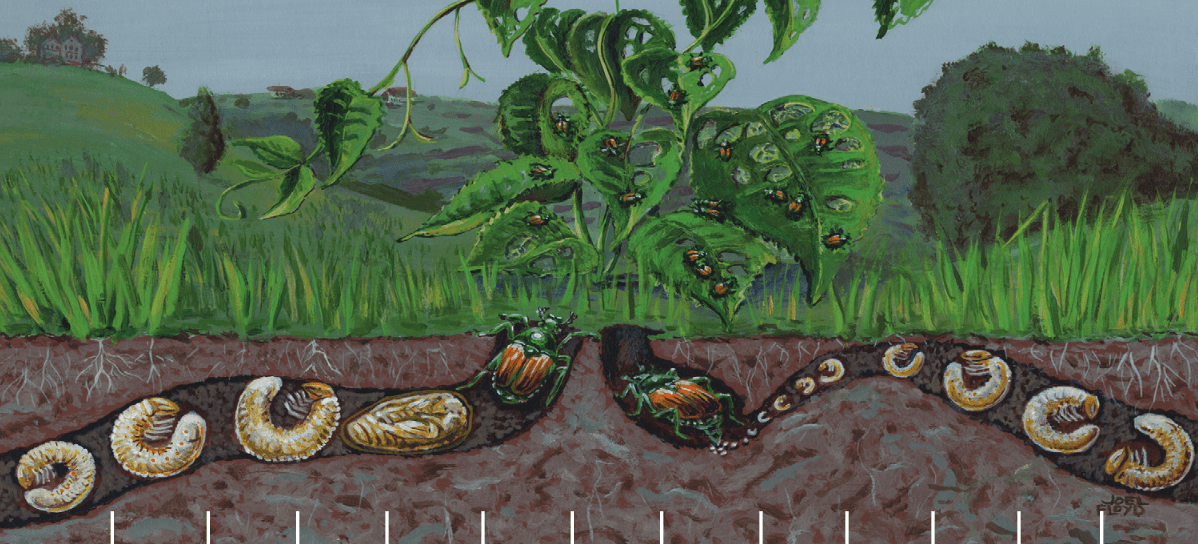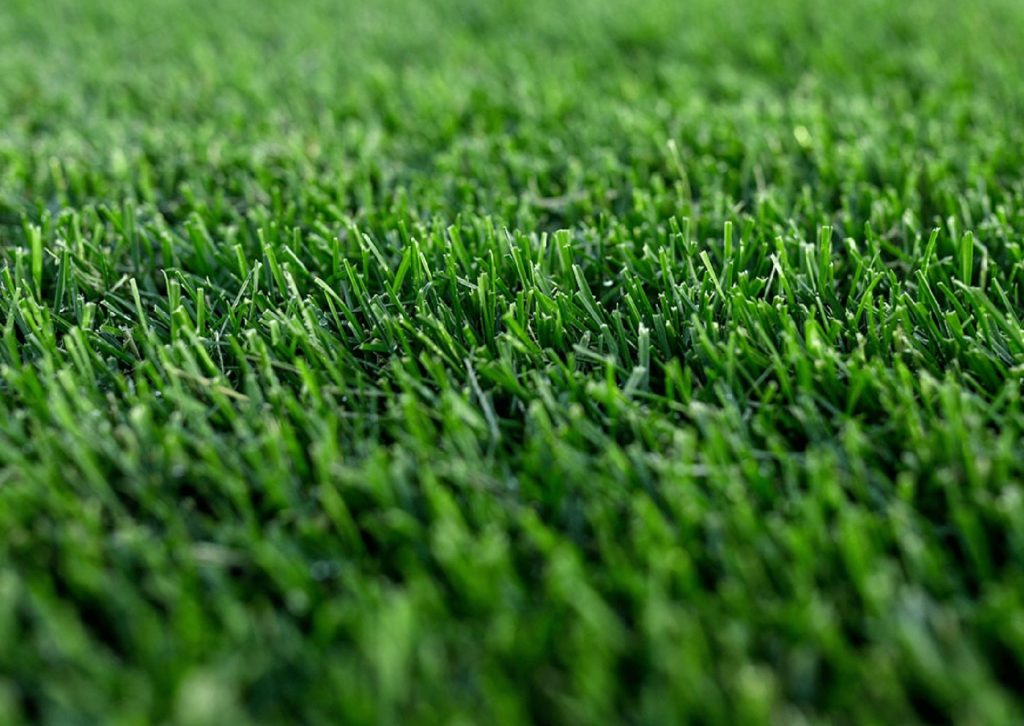
Controlling Grub Worms – The What, When & How!
There are two main grubs in our North Texas region, European Masked Chafers and Japanese Beetles. One has one life cycle per annum and the other has multiple. Here are a few bullet facts from a local expert entomologist on controlling grub worms, these insects that destroy our lawns.

- Many plants and non-warm-blooded creatures like grubs, nematodes, etc. slow down significantly during cooler temps and enter a state of dormancy.
- During winter to spring, although you may find some grubs, these grubs are very lethargic and in mild dormancy. They eat very very little and are not a threat at this time to your turf which is also in a state of dormancy at varying levels.
- During Jan – May these grubs are maturing and entering the final stages of their life cycle called an instar. When they are in their 4th instar they are about to pupate and become their adult version of the beetles with wings that we see.
- We do not treat grubs too early because we can not achieve an effective mortality rate with the products at our disposal and they are not a real threat.
- 1. They are very hard to kill in the 4th instar stage (almost adults)
- 2. They are not really feeding at this time.
- 3. We need them at the very top of the soil layer and the majority are deeper in the soil although you may find some up higher.
- The time when they are younger (earlier instar stage), more susceptible to our pesticide applications, actively feeding in warmer soil temps and at the upper layer of the soil is July to August and we start applying preventative systemic measures in May that take about 30 days to get into the turf
In Conclusion:
Overwintering grubs from eggs laid earlier in the season do not feed much, the majority of their feeding has already occurred. They become lethargic and somewhat dormant. Later next season in late April to late May in their mature life cycle or instar stage they pupate and turn into Japanese beetles or European chafer beetles. This is the time when they are mature, they are the hardest to kill. The time they really feed is when they are young after hatching and are easiest to kill.
We tell clients that if they or their neighbors have had them before it’s best to prevent them because they can damage the most vital part of your turf, the root zone, which is typically hard for turf to bounce back from as opposed to foliar damage from saying chinch bugs. If clients have never had them then they can wait and see. Preventative is a little cheaper than curative measures but we can certainly wait and see later. You’ll just need to be quick on the draw to tell us so we can react quickly. Proactive or Reactive are the choices.
Our Approach to Grub control:
Life cycle stages depend on if we use a preventative or curative method. Depending on the time of year and grub activity on the lawn in question we will use either two of these methods:
PREVENTATIVE METHOD (PROACTIVE):
We use a systemic control that enters into the plant and will stay for some time offering a long residual to be available when the young grub larvae start feeding. When they feed on the root tissues they get a dose of this insecticide and die. We apply this starting in May so it has time to enter into the turf and is ready and waiting for the new young grub larvae to feed in July/August.
Q: Who is this method best for?
A: You know you or your neighbors had them last season and want to get ahead of it or you just want to make sure you never have the problem.
CURATIVE METHOD (REACTIVE):
We use a quick kill control that destroys feeding larvae at the top of the soil layer by way of contact and ingestion. Next season we will want to apply the preventative early.
Q: Who is this method best for?
A: For clients with symptoms of decay noticed from July to September. These are young newly hatched and hungry larvae that are now actively feeding on your lawn and damaging it quickly.
Higher Ground Lawn Care and Lighting are ready to take your property to a higher level. Experience why your neighbors and businesses in University Park, TX & surrounding areas choose Higher Ground Lawn Care & Lighting to bring their property to the next level. Contact Us at (682) 206-3596 or check out our website today.
Ready to get started?


